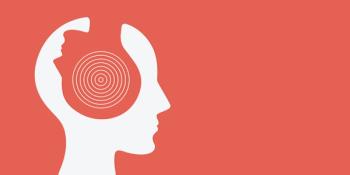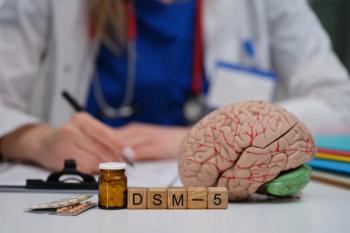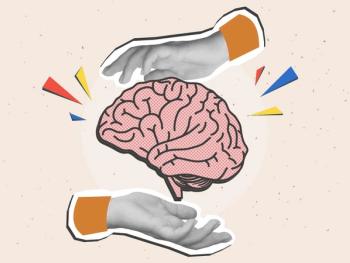
Scientific Creativity in Psychiatry
Readers of Albert Rothenberg’s new book will come away greatly enriched by the author’s own lifelong, creative synthesis.
BOOK REVIEW
Flight From Wonder: An Investigation of Scientific Creativity
by Albert Rothenberg, MD; New York: Oxford University Press, 2015 (USA)
248 pages • $35.00 (hardcover)
Now, almost 45 years later, Dr Rothenberg has published another groundbreaking work, this time reporting on an empirical study of Nobel laureates from the US and Europe. Using a semi-structured interview protocol, Rothenberg’s goal was “. . . to understand the psychological processes in creativity as thoroughly as possible.” To provide a reasonable control group, Rothenberg also interviewed a group of accomplished faculty members of a leading engineering institute.
What is the nature of the creative process? This has been the subject of philosophical, poetic, and, more recently, scientific speculation since ancient times. In
What faculties or psychological states do foster the highest forms of creativity? Rothenberg’s research finds that three processes are critical: Janusian thinking, homospatial processes, and “sep-con articulation.” As noted above, Janusian thinking entails the ability to maintain, simultaneously, two or more contradictory ideas or images in the mind (Janus was the Roman god depicted as having one face looking toward the future, the other to the past). Those of a literary bent will find a striking affinity between the Janusian process and what
Homospatial processes involve imagining two or more discrete entities as occupying the same space. For Rothenberg, such “superimposition” is integral in the formation of metaphors; eg, when the poet writes, “...the branches were handles of stars,” he places “branches” and “handles of stars” in the same psychic space.
Finally, there is sep-con articulation-Rothenberg’s shorthand for a process in which the creative mind uses both separation and connection to achieve an integrated whole. This is the most abstract and complex of Rothenberg’s three processes, and the hardest to explain. But perhaps we can use the therapeutic alliance as a useful point of entry.
The therapist, in attempting to understand the patient, is constantly aware of herself as a discrete person with a unique personal history, separate from that of the patient, but also as someone who can understand and empathize with the patient’s life experiences-perhaps even entering into the disturbed inner world of the patient’s psyche, in a transient and controlled way. Through such a process of ongoing “separation and connection,” the therapist is able to engage in an act of creative synthesis-facilitating therapeutic change in the patient while also fostering self-understanding. Rothenberg is able to show how this dyadic “sep-con” process has led to numerous scientific discoveries, in fields as diverse as genetics and quantum mechanics.
But Rothenberg is well aware that emotion is also a critical part of the creative process, and devotes an entire chapter to the proposition that creativity requires intense motivation, risk-taking and courage. Indeed, as psychologist Rollo May3 observed in his book, The Courage to Create, “. . . every creative encounter is a new event; every time requires another assertion of courage.”4(p26) Real creativity demands passion. It sometimes involves mastering-or better, harnessing-rebellious or aggressive feelings, as Rothenberg notes. For all these reasons, one might conclude that creativity is born not of “madness” or divine possession, but through a painstaking, synergistic process requiring considerable cognitive and emotional health.
In closing, I believe that readers of Albert Rothenberg’s new book will come away greatly enriched by the author’s own lifelong, creative synthesis.
References:
1. Rothenberg A. The process of Janusian thinking in creativity. Arch Gen Psychiatry. 1971;24:195-205.
2. Plato’s Ion. Translated by W.R.M. Lamb.
3. Hebron S. John Keats and ‘negative capability.
4. May R. The Courage to Create. New York: W.W. Norton & Company, Inc.; 1975.
Newsletter
Receive trusted psychiatric news, expert analysis, and clinical insights — subscribe today to support your practice and your patients.




